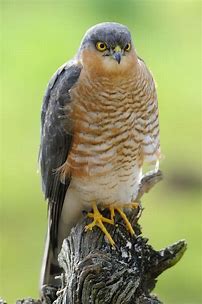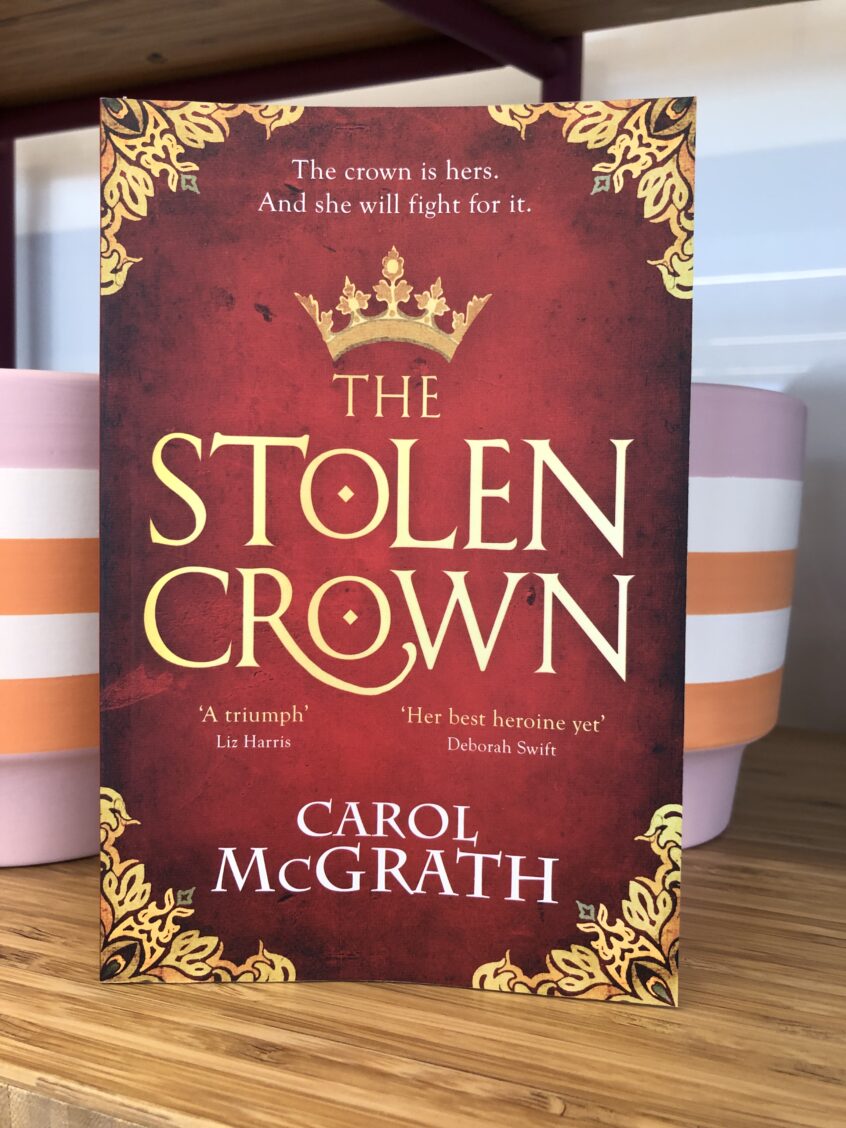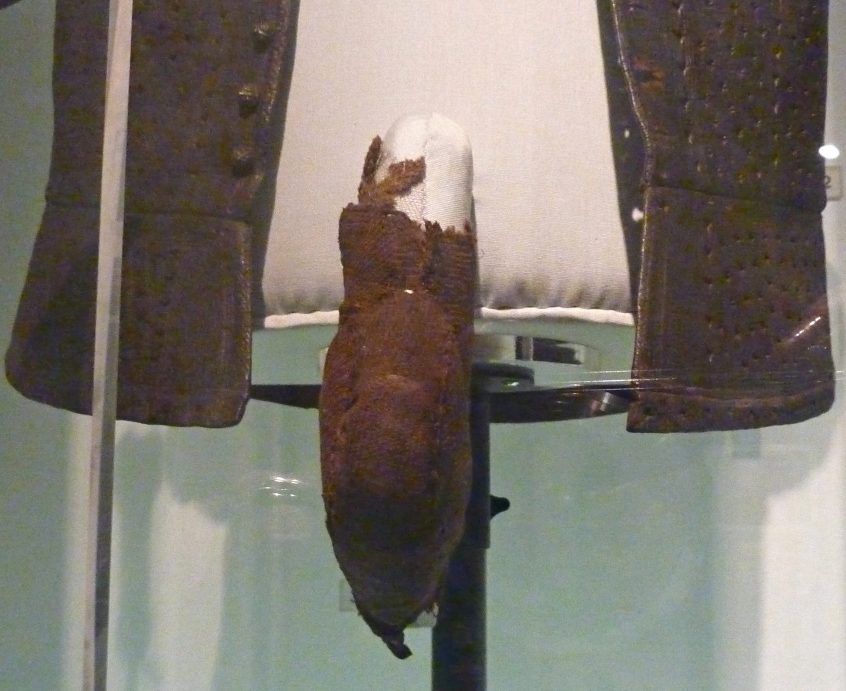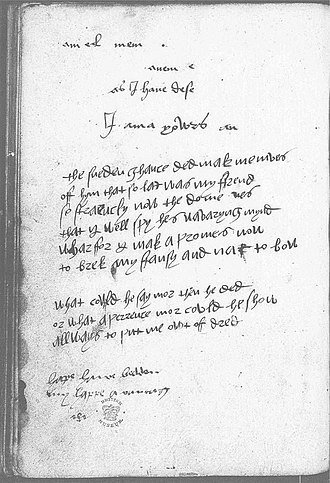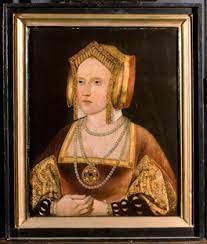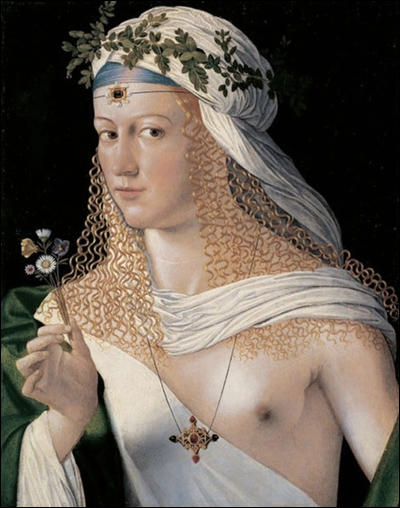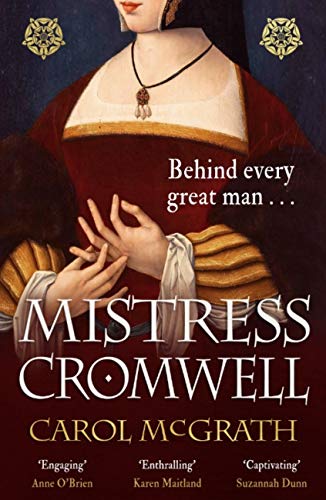Medieval aristocrats generally enjoyed hunting. They hunted using birds such as falcons to bring down prey as well as following the hounds to chase deer and boar. Tapestries and illustrations in medieval manuscript work testify to all of this. Also, in my own novels I include scenes with both kinds of hunt. For example, King Harold II is usually depicted … Read More
Empress Maud’s Great Escapes
When I was writing The Stolen Crown, a novel about the twelfth century civil war between Stephen and Matilda known as ‘The Anarchy’, the most exciting episodes to write were those of pursuit and escape. Maud had three exceptionally hairy escapes during the novel. But first a little about Empress Maud’s background and how her crown came to be stolen. … Read More
Renaissance Art and Sexy Paintings
The Sexy Weasel in Renaissance Art Symbolism abounded in sixteenth-century paintings. One amusing and fascinating symbolic feature was that of the weasel. Weasels covered the whole of the mustelid family. They included ermine, sables, martens, ferrets and mink. Of interest specifically to Renaissance art, a widely-held belief was that weasels conceived though their ears and gave birth through their … Read More
Dress To Impress
Whilst writing Tudor Sex and Sexuality I especially enjoyed researching provocative fashions for this era. The Tudors had strict fashion codes, including what colours and fabrics particular sections of society could not wear. The cod-piece was a fascinating aspect of this research. The Earl of Surrey, brooding and fashionable Young Renaissance men appear utterly gorgeous, jewelled and colourful in paintings … Read More
Aphrodisiacs in Tudor Times
There has long been an appetite by readers and film viewers for the Tudor period as portrayed in novels, sumptuous costume dramas and documentary film. Have you ever been curious about the Tudors’ view of sex and sexuality? My recently published book Sex and Sexuality in Tudor England reveals myths and truths about how our Tudor antecedents conducted their sexual … Read More
The Devonshire Manuscript and Courtly Love
Courtly love was a game much played out at the Tudor Court of Henry VIII. However during the mid-1530s, this game of courtly love became real, touching some with consequences that belong to the world of chivalric legends. Certain events associated with the Duke of Norfolk’s family led to scarily tangible consequences associated with forbidden love. This particular story of … Read More
Did Henry VIII Have a Medical Problem Regarding Procreation?
Henry VIII, Impotence and the Thorny Question of Male Heirs Sex and Sexuality in Tudor England was published in March 2022. In this book, which is full of many gems relating to Sex in the Tudor Era, I also include a theory as to why Henry VIII is known to have had only two male children, neither of whom was … Read More
Tudor Sex 2 Contraception in the Tudor Era
How Did the Tudors ‘Do’ Contraception? Childbirth was joyous but fraught with dangers What if a woman or man wanted to avoid having children during the Tudor Era? Official medicine stayed away from this particular desire on the part of a couple. Folk medicine did not. For as long as people have had sex, despite serious Church objections, there have … Read More
Tudor Sex & Sexuality Tudor Stews
What might you discover if you time-travelled to a Tudor brothel? During the early modern period ordinary English attitudes to sensuality were probably freer than in many other parts of Europe. Foreign visitors to England from the late fifteenth century to the eighteenth century noted how persons of different sexes greeted each other with a kiss on the lips. … Read More
Elizabeth Cromwell and the Female Cloth Merchants of the Tudor Era
Elizabeth Cromwell and Female Cloth Merchants during the Early Tudor Era To celebrate the republication on Thursday 25th June of Mistress Cromwell, originally published as The Woman in the Shadows, I have written this article to explain the novel’s background. Mistress Cromwell is set in London during the first three decades of the Tudor Era. Some historians, including myself, … Read More

